 |
| Ribbon cutting ceremony to open the exhibition " Hue Imperial City - Remaining traces of the past" |
For the first time, more than 100 typical documents and images, including many royal documents and royal notes of the Nguyen Dynasty emperors, along with the imprints and stories of the construction of Hue Citadel, were published. In particular, these documents, materials and images were reproduced realistically and vividly through the exhibition in the Ky Dai, Thuong Thanh, and Hue Citadel areas so that visitors to Hue can learn more about historical stories, cultural values and valuable information about an old citadel in the ancient capital.
Over the past 700 years, Thuan Hoa - Phu Xuan - Hue has been integrated into the historical flow of the nation. Hue - "the fragrant land" - originally a gift from the wedding ceremony, gradually became the capital of the Nguyen Lords, the capital of the Tay Son Dynasty and then the capital of the Nguyen Dynasty. 220 years ago, King Gia Long expanded the capital and built the Hue Citadel. The construction of the Citadel lasted nearly 30 years (from 1805 to 1832) under the reigns of two kings, Gia Long and Minh Mang.
 |
| The exhibition is held permanently in an outdoor space, from The Nhon gate (Ngan gate) - Ky dai to Quang Duc gate. |
In the history of modern Vietnam, Hue Citadel is the most massive and large-scale construction. This place marks the golden age of the Nguyen Dynasty as well as witnessing the rise and fall, success and failure of this last monarchy. In 1945, after the abdication of King Bao Dai, Vietnamese history turned a new page, Hue Citadel also closed its role as a capital. After the ups and downs of history and the changes of time, Hue Citadel suffered destruction and damage, so there are works that today only have traces left. In 1993, Hue Citadel, part of the Complex of Hue Monuments, was recognized by UNESCO as a World Cultural Heritage.
More than 100 documents, documents and images of Hue Citadel will bring visitors to the "imprints of ancient Hue". Hopefully, this exhibition will contribute to wiping away the dust of time so that we can learn more about the old traces of the citadel in the ancient capital of Hue. With 2 parts: Thuan Hoa - Phu Xuan - Hue in the history and Hue Citadel - vestiges of a dynasty, the exhibition is organized permanently in the outdoor space from The Nhon gate (Ngan gate) - Ky Dai to Quang Duc gate.
Source





















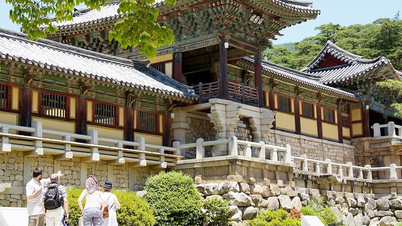
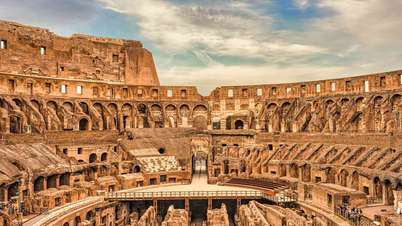
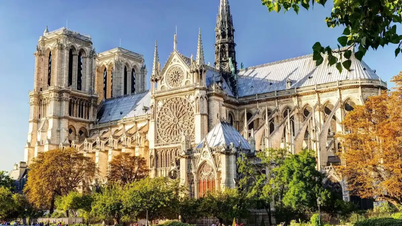


































































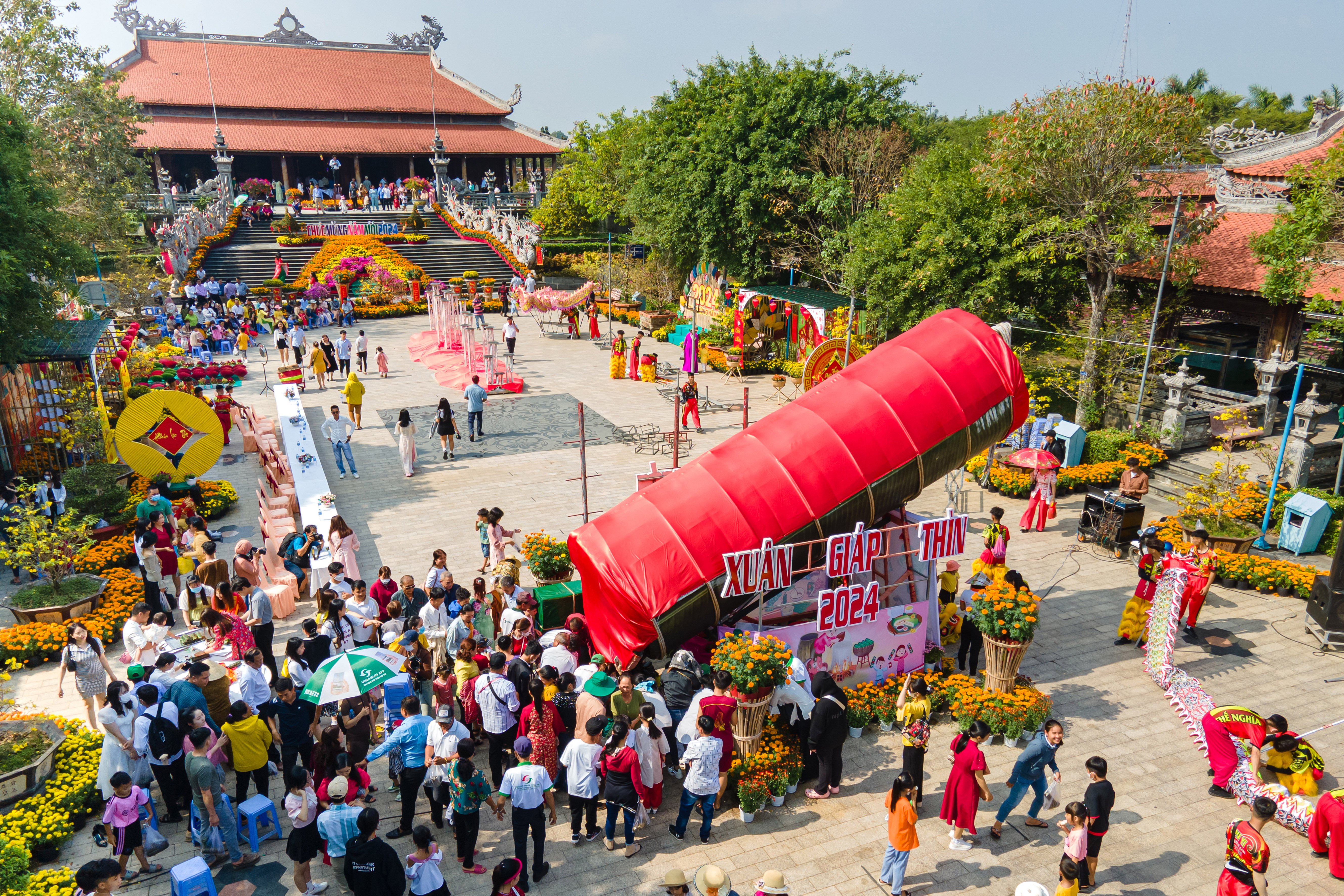

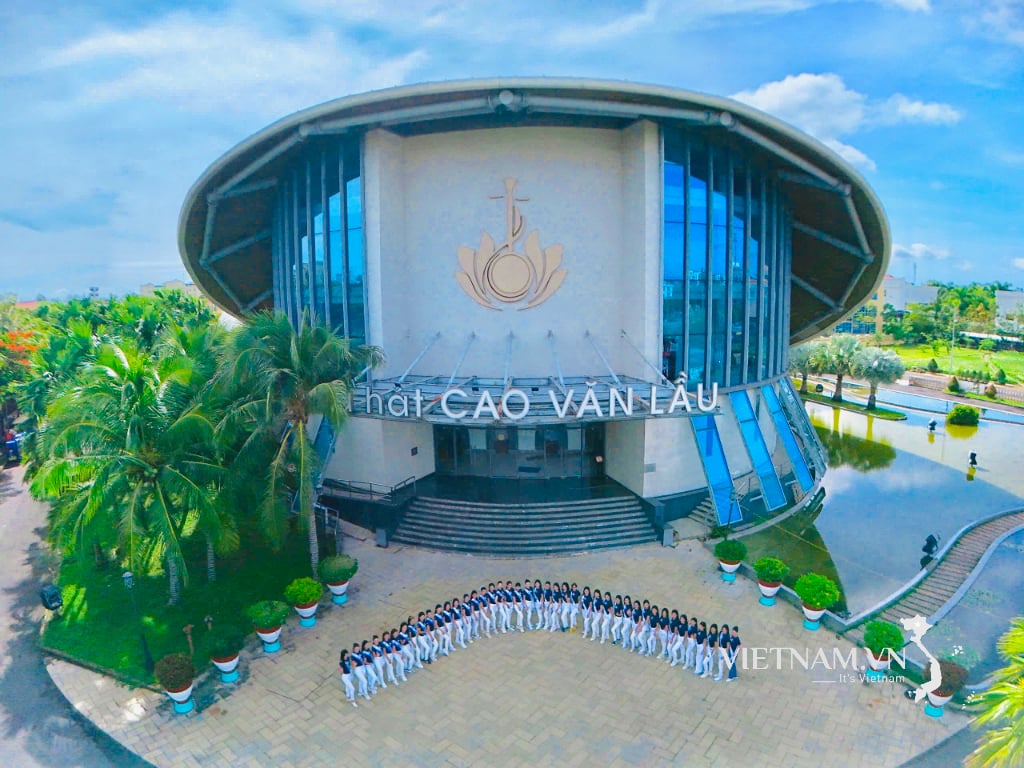

Comment (0)